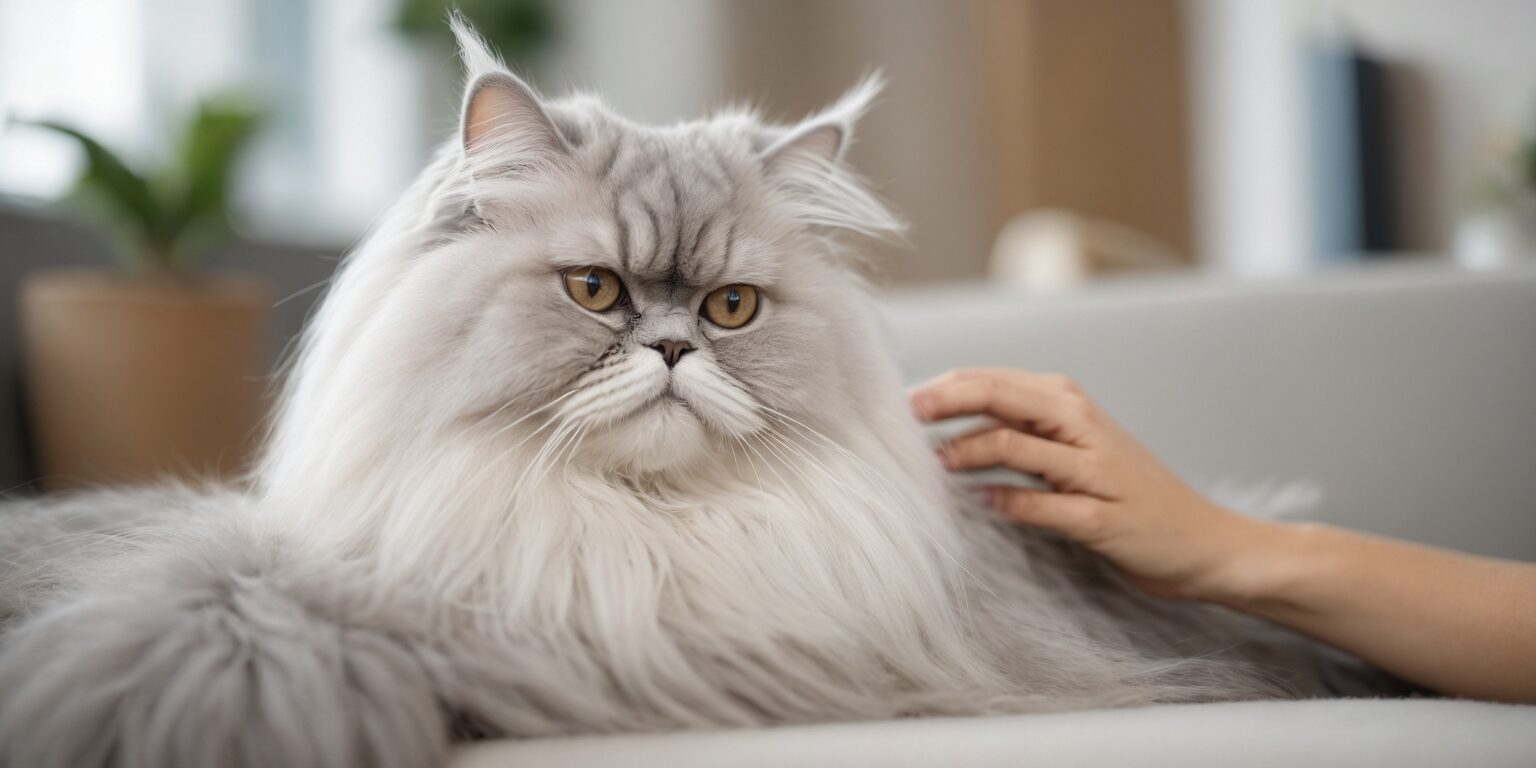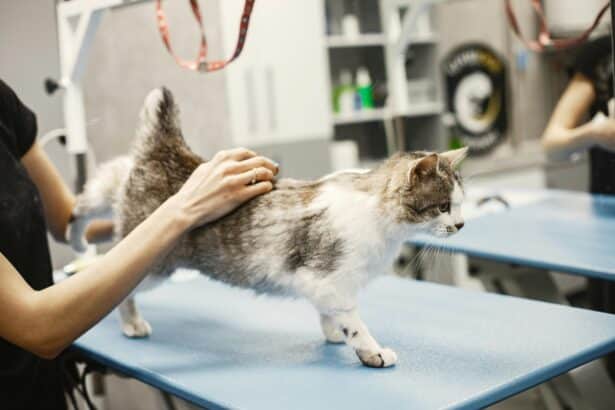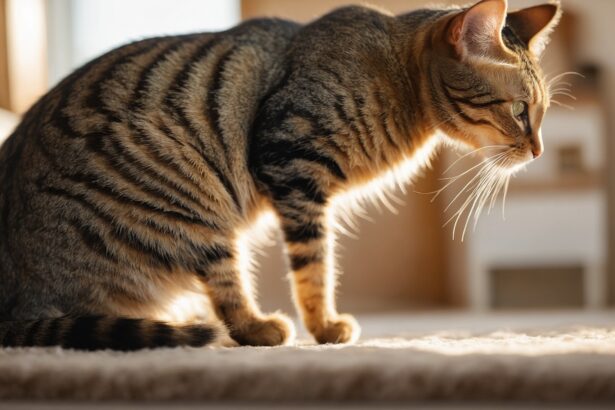Persian cats are the soft queens of slow living: silky coats, round eyes, and a heart that beats for quiet cuddles. If you dream of a calm companion who turns every sofa into a throne, you’re in the right place.
They do ask for mindful care, though—especially that cloud of fur and their sensitive little faces. Ready to keep your Persian glowing without the guesswork?
Understanding the Persian temperament
Persians are gentle homebodies. They bond deeply with their favorite human and prefer a peaceful routine to surprise acrobatics. Picture an elegant cat who loves windowsill sunbaths and plush blankets more than high shelves.
They’re not “unable” to jump; they simply choose comfort over parkour. Expect affectionate companionship, soft meows, and a polite request for quiet time when the house gets too busy.
Craving more zen felines? Take a peek at our overview of the calmest cat breeds for kindred spirits.
Grooming made easy (and actually enjoyable)
That glorious coat needs daily attention—think five to ten relaxed minutes. A simple routine prevents tangles and hairballs and keeps skin comfy.
- Use a metal comb with wide teeth for the body, then a fine comb for tricky spots (armpits, behind the ears, inner thighs).
- Wipe eyes gently each day with warm water or vet-approved pads to reduce tear staining.
- Check for knots before they become mats—especially where collars rub.
Pro tip: Lightly mist the comb with a pet-safe detangling spray, not the cat. Combing stays smooth, the coat stays airy, and you avoid over-wetting sensitive skin.
Mistake to avoid: Shaving the entire coat to “solve” knots. It can irritate the skin, alter coat quality, and remove natural protection. Targeted dematting and daily upkeep are safer and kinder.
Want a step-by-step routine you can follow even on busy mornings? Browse our complete cat grooming guide.
Face care: eyes, nose, and little folds
Many Persians have flat faces (brachycephalic), which can mean watery eyes and a bit of snuffling. Gentle maintenance helps a lot.
- Clean tear tracks daily to prevent staining and skin irritation.
- Keep the nose folds dry and clean to avoid redness.
- Use soft, fragrance-free products designed for cats only.
Surprising fact: Some Persians breathe audibly when they sleep, like a tiny purr-snore combo—it’s normal for many flat-faced kitties.
Nutrition and healthy weight
Persians are obligate carnivores. They thrive on high-quality, protein-rich food adjusted to age and activity level. Slow feeders can help if your beauty gobbles meals, and a splash of wet food boosts hydration.
- Choose recipes that support skin and coat health (omega-3, omega-6).
- Portion control matters—these loungers can gain weight easily.
- Consider hairball-support diets if shedding is heavy.
Need a refresher on portions, schedules, and choosing the right bowls? Here’s our guide to feeding your cat.
Health essentials for Persian cats
Persians can be predisposed to certain issues, such as polycystic kidney disease (PKD), dental crowding, and eye concerns. Regular vet checks catch small problems early and keep life comfy.
- Ask your vet about PKD screening, especially for adopted or breeding-line Persians.
- Keep up with dental care—gentle brushing or vet-recommended alternatives.
- Watch for sneezing, eye discharge, or changes in appetite or thirst.
Curious about warning signs and what to do next? Learn more about common cat health problems and how to act quickly.
Litter, environment, and daily comfort
Persians adore calm spaces. Offer low, stable perches, cozy beds, and easy-to-access litter boxes. A wide, low-entry box makes grooming-heavy days easier on joints and dignity.
- Place litter boxes away from food and drafty doorways.
- Use fine, soft litter—delicate paws appreciate it.
- Vacuum often: long coats pick up dust like tiny feather dusters.
Setting up a clean, comfy bathroom helps prevent “oops” moments. Not sure which litter to choose? Start here: choosing the best litter.
Play, bonding, and gentle training
Short daily play sessions keep Persians fit and happy. Think feather wands at floor level, slow-moving toys, and puzzle feeders for brainy fun.
- Reward calm behaviors with tiny treats and a soft voice.
- Introduce new people and pets gradually to protect their serenity.
- Clip claws regularly to prevent snagging on carpets and sweaters.
Training a cat should never feel like a boot camp. If you want a simple, loving approach, try our tips to train a cat gently.
Seasonal shedding: what to expect
Many Persians “blow” their coat seasonally—don’t be surprised if spring brings fluff galore. Increase brushing frequency and add a little omegas to support skin and shine.
Prefer less fur on pillows? Keep bedding brushed and rotate washable throws on favorite nap spots.
When to call the vet
Any lumps, persistent eye redness, difficulty breathing, sudden lethargy, or changes in drinking or urination are worth a check. You know her best—if something feels off, it’s time for a visit.
With steady grooming, thoughtful nutrition, and a calm environment, your Persian will glow—inside and out. The reward? Quiet evenings, soft purrs, and a little velvet shadow following you from room to room.
FAQ
How often should I brush my Persian cat?
Daily is ideal. Even five minutes prevents mats, reduces hairballs, and keeps skin healthy. Focus on armpits, behind the ears, and inner thighs where knots start.
Do Persian cats need baths?
Not all do, but some benefit from occasional baths with cat-safe shampoo. If you bathe, brush thoroughly beforehand and dry completely to protect the skin.
Are Persian cats good with children or other pets?
Yes—if the household is calm and respectful. Slow introductions and quiet play help them feel secure and affectionate.
What health issues are common in Persians?
PKD risk, eye tearing, dental crowding, and potential breathing sensitivities. Regular vet checks and daily face care make a big difference.








